The possible chipping sparrows—I know I should recognize these babies, but I just can’t quite place the species—were found on the ground and the finders couldn’t locate the nest. One of the wee ones has a badly broken leg. At this age the bones are still fairly pliable and should heal quickly, but to be honest, it’s not likely to heal for proper function.
So why haven’t I euthanized? Simple logistics: his sib will fare better with a buddy. Once they’re fully feathered and the sib doesn’t need a buddy quite as much, I’ll take the necessary action. And maybe I’ll be proven wrong and the leg will be functional. That would be wonderful; I’d be delighted to be wrong about his chances.
Anyway, the poor fellow then contacted a bird rehabber in a neighboring county, who wasn’t taking anything at all—right at the start of baby season, no less. And of the other people he called, I was the only one to call him back so the determined young man drove from Clarke County to Laurens County, a four-hour round trip, to give the Caros the best chance possible at survival, with the babies on heat and stopping every 45 minutes to feed them. (And don’t EVEN get me started on rehabbers who don’t return calls; there may be health or personal reasons for not taking in any birds, but it doesn’t take that much damn effort to create a voicemail message to that effect or call or text the person seeking help for wildlife and at least let them know you’re not taking anything at the moment. That’s just common courtesy.)
Next up was a near-fledgling house finch. The person who contacted LWR about her (random gender assignment, as juvies for this species all resemble adult females) said the nest had inadvertently been destroyed during some sort of community clean-up day. Aside from being VERY hungry on intake, the sweet bird is fine. If you’ve never heard a house finch, pull up their species account and listen to that sweet, sweet voice. They’re actually native to the Western US and were brought illegally to the Eastern US to be sold as pets during the 1940s; to avoid prosecution under the MBTA, pet stores on Long Island, New York having the contraband birds just turned them loose and as they’re birds who co-exist well in close proximity to humans, they quickly populated the East, as well, by the 1990s. They’re the birds you’ll frequently find in messy nests in your potted or hanging plants on your porch, and they are native to the US…just not originally the Eastern US!
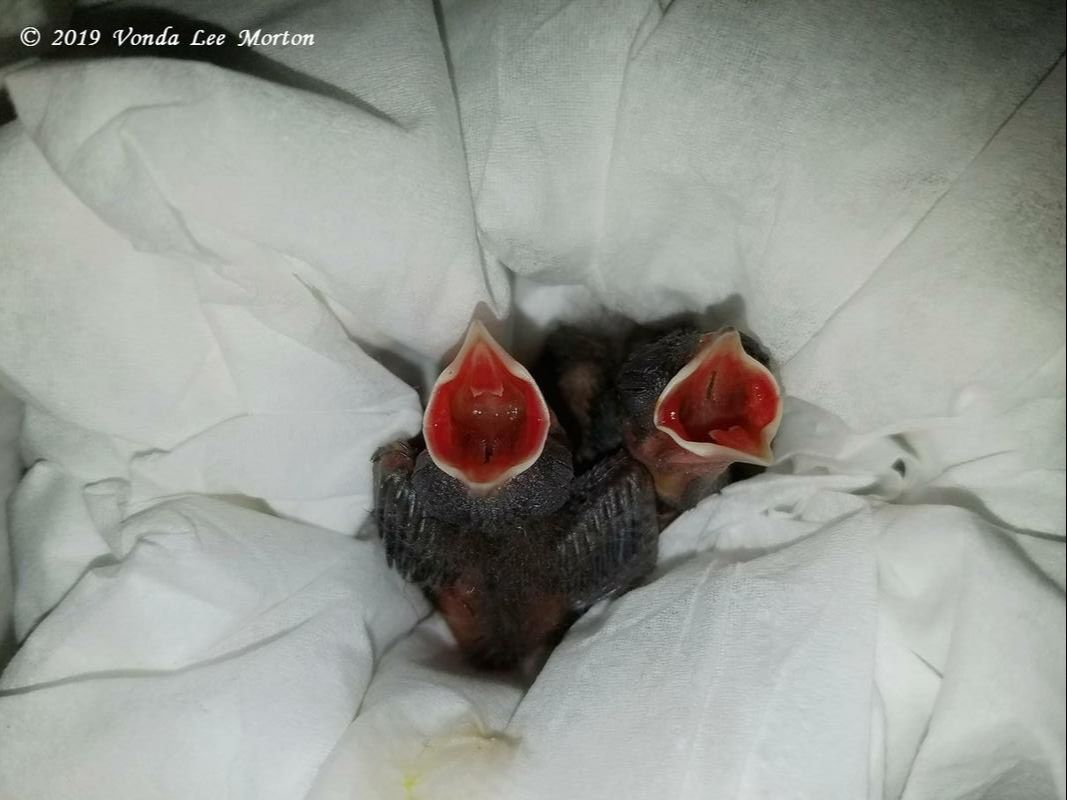
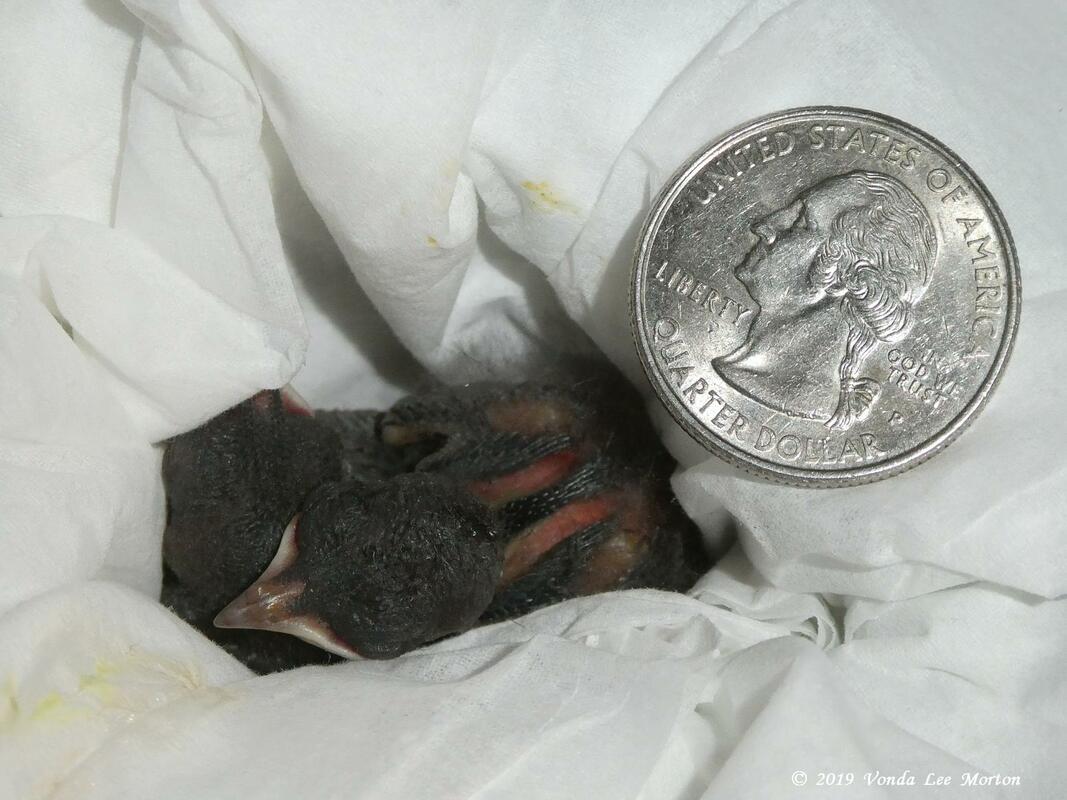

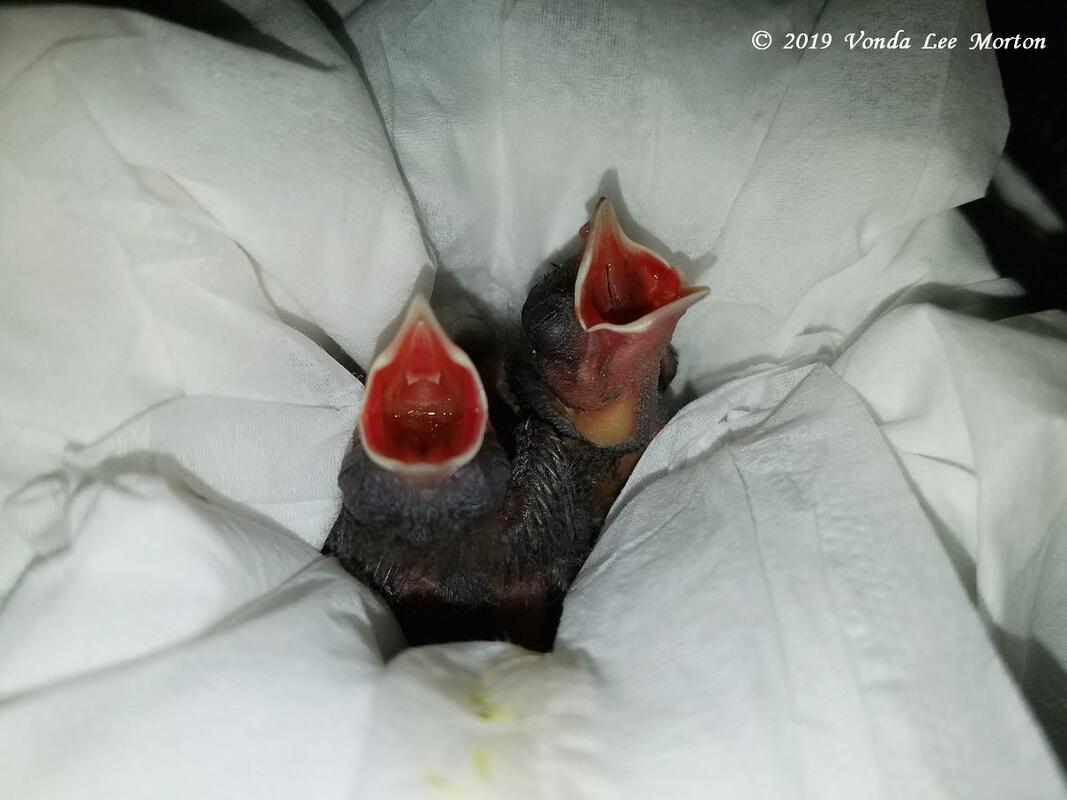
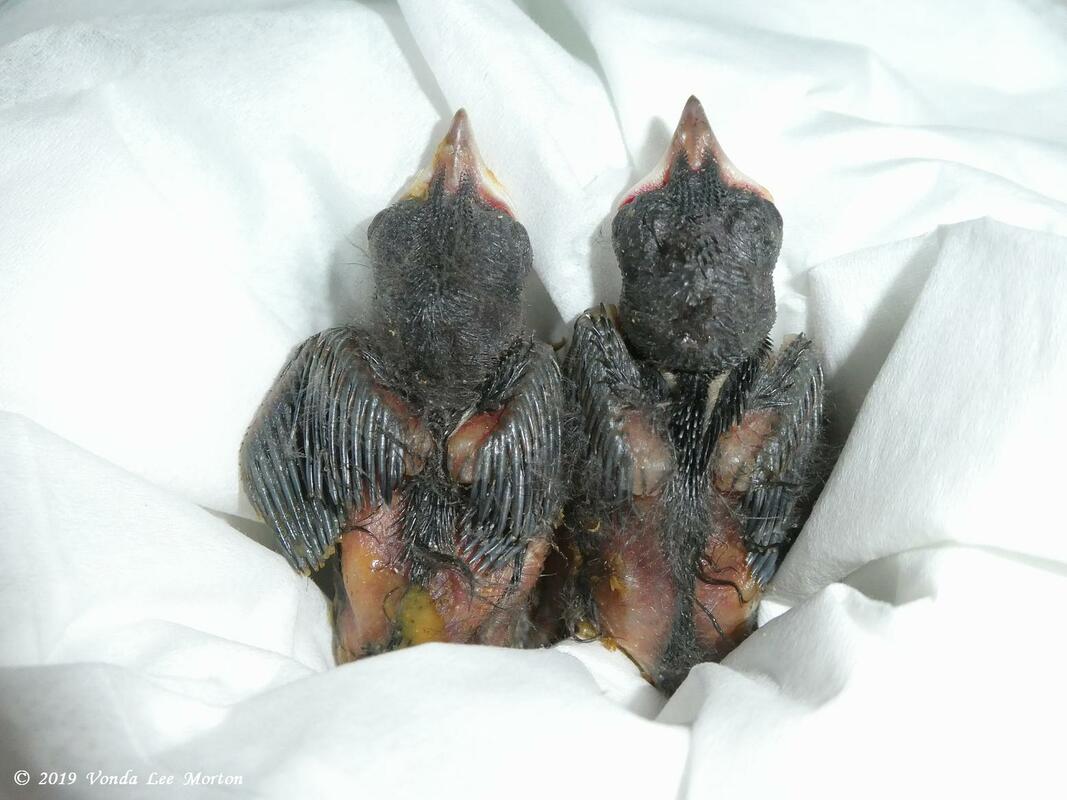
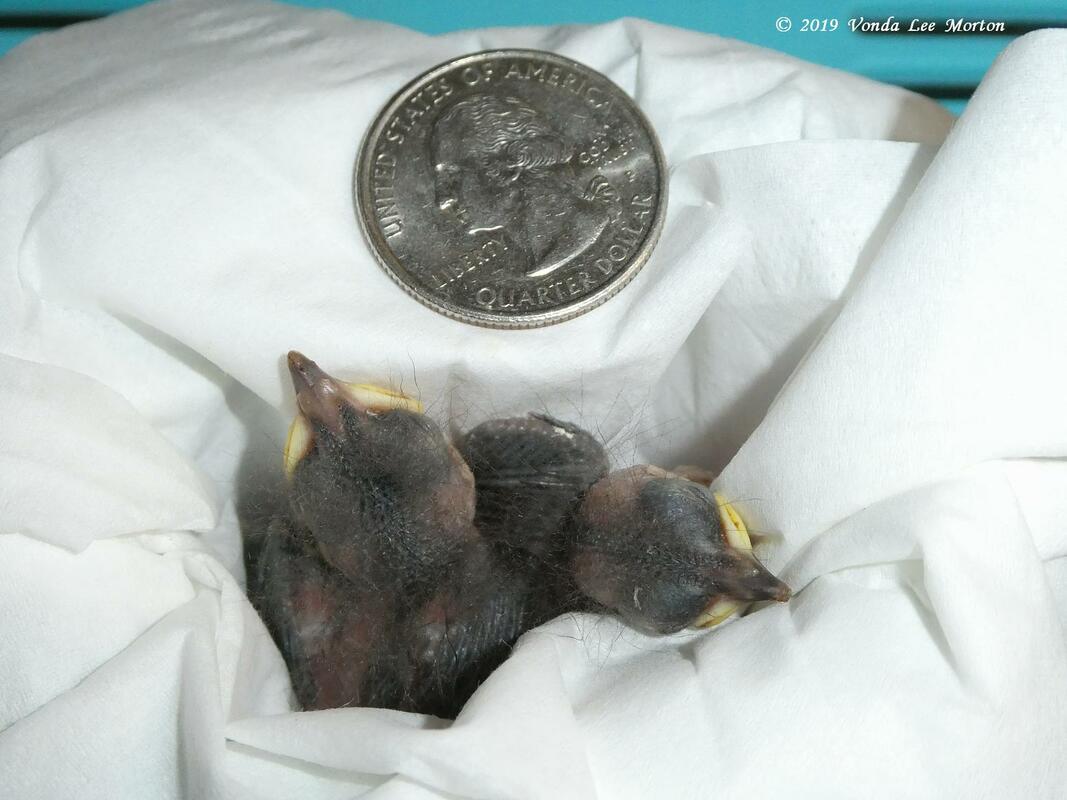
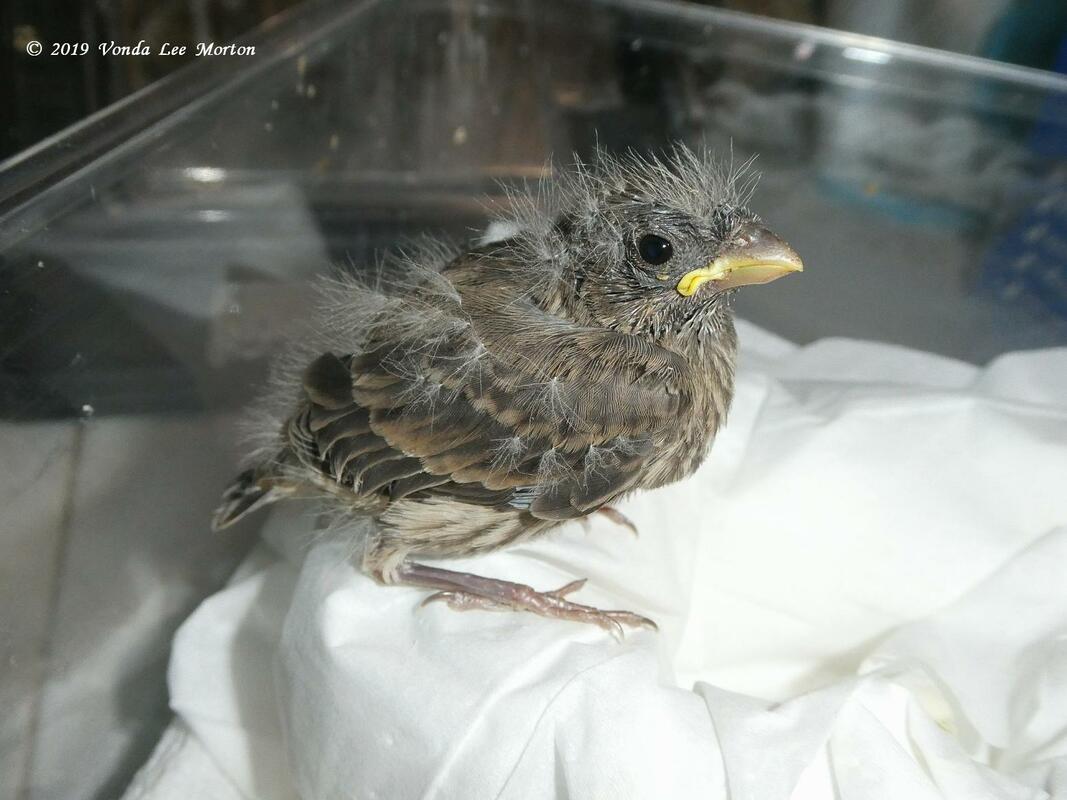
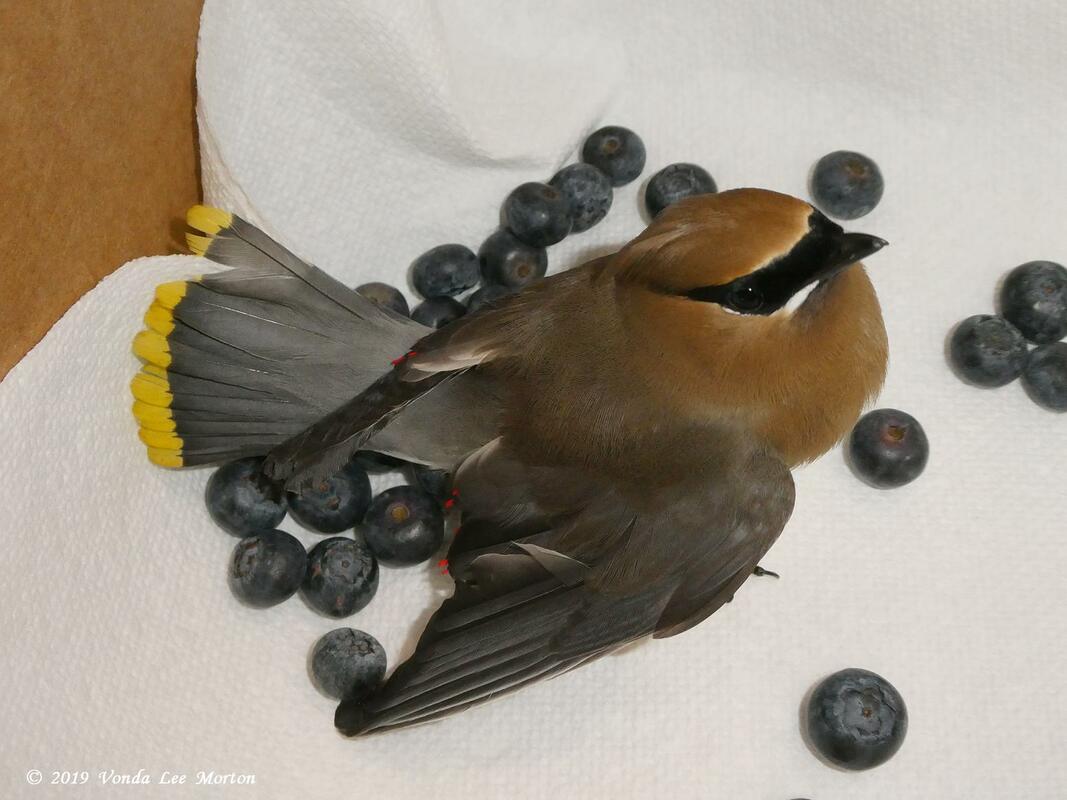
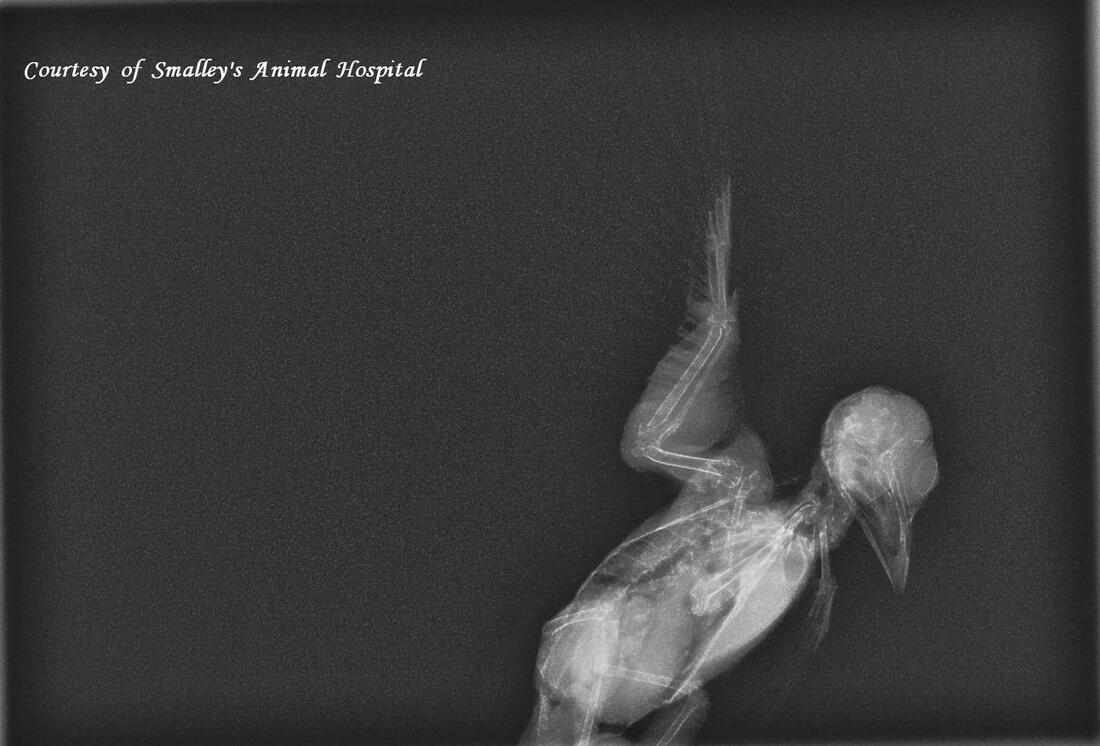
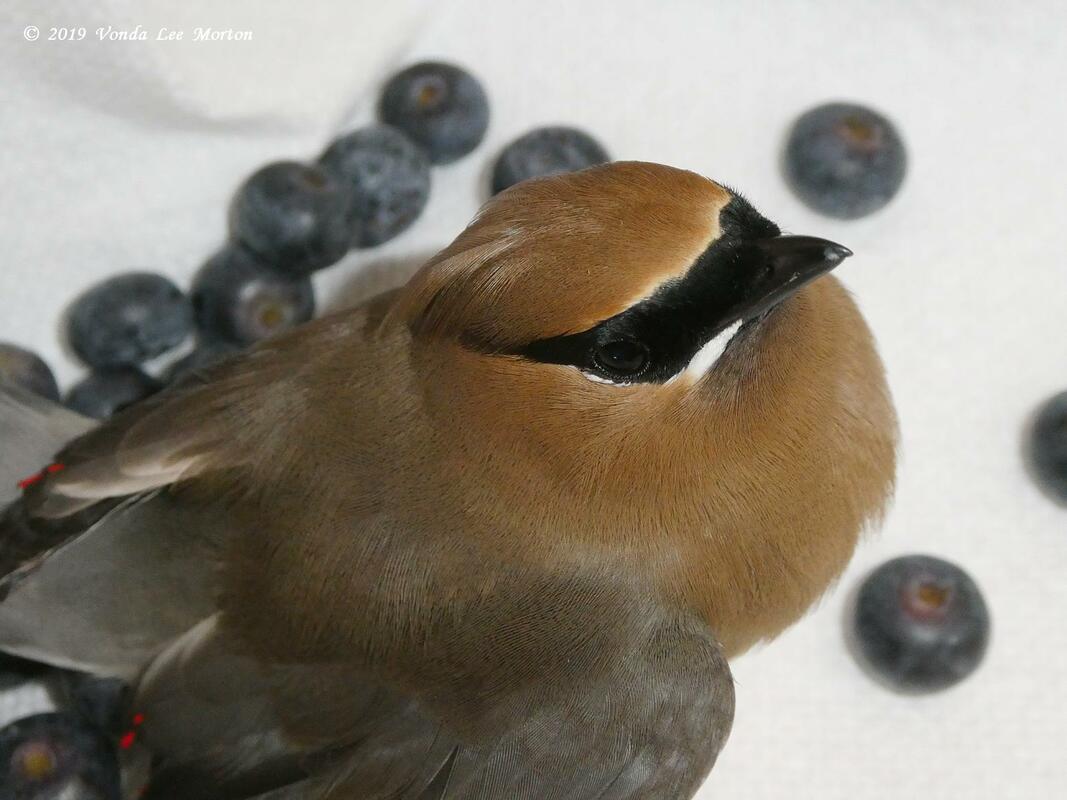
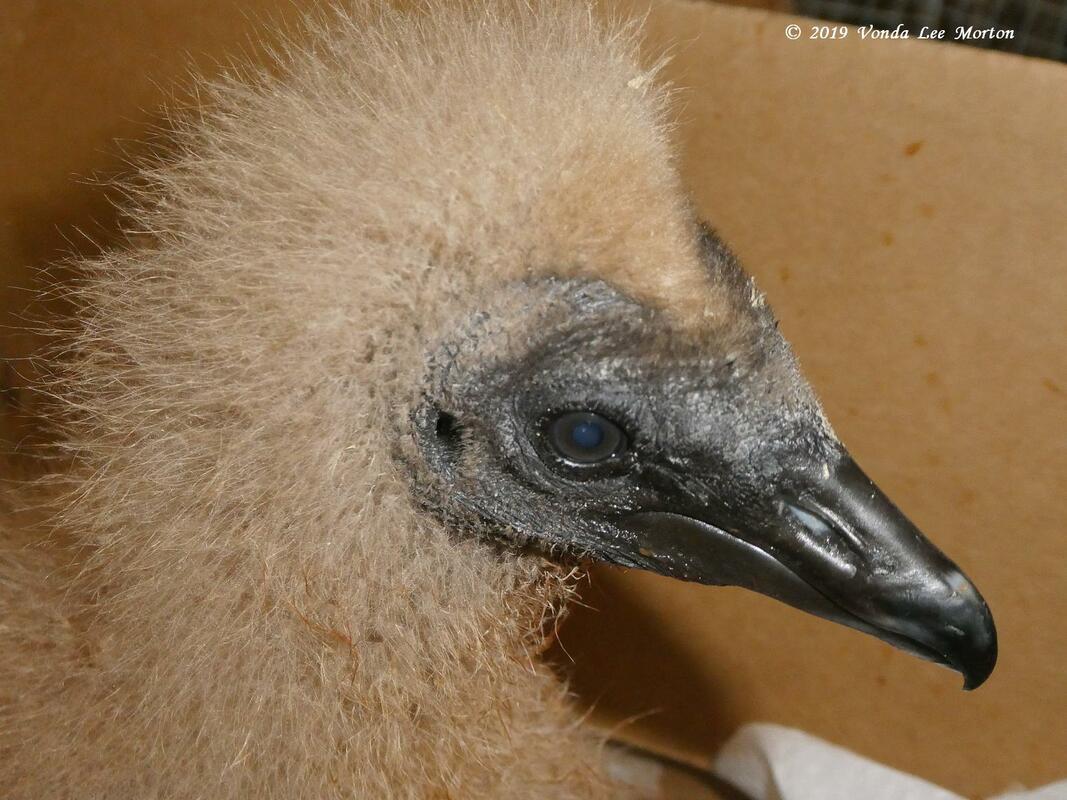
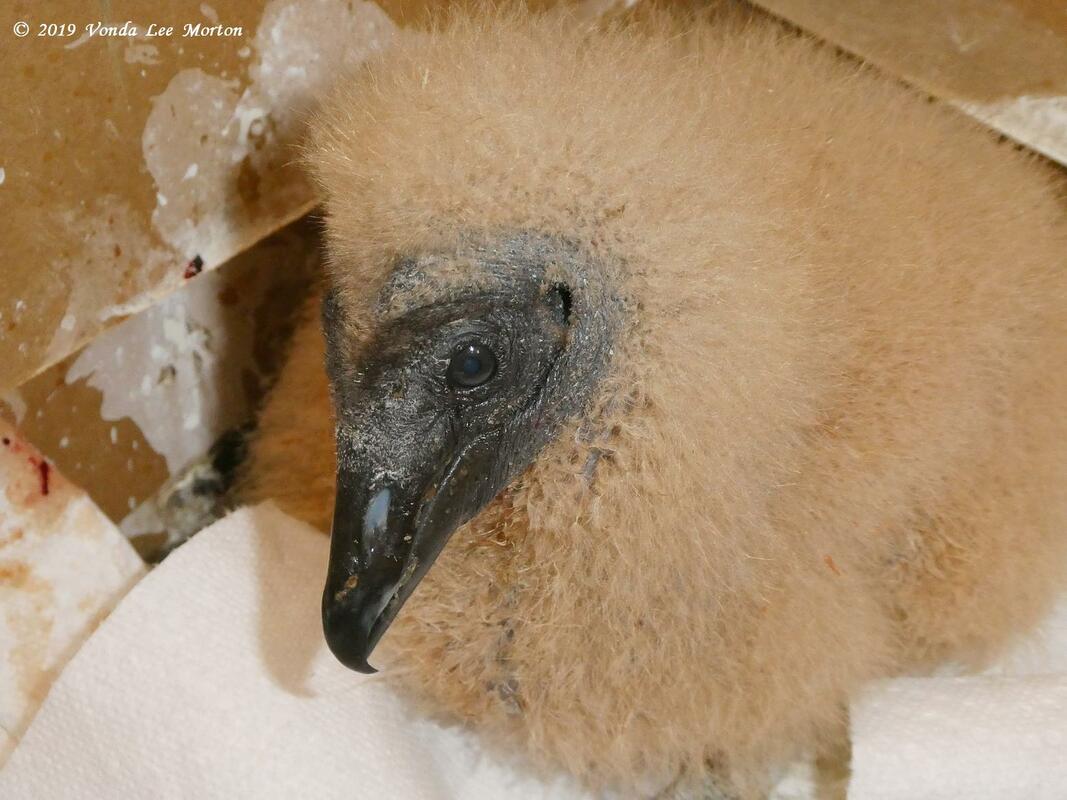
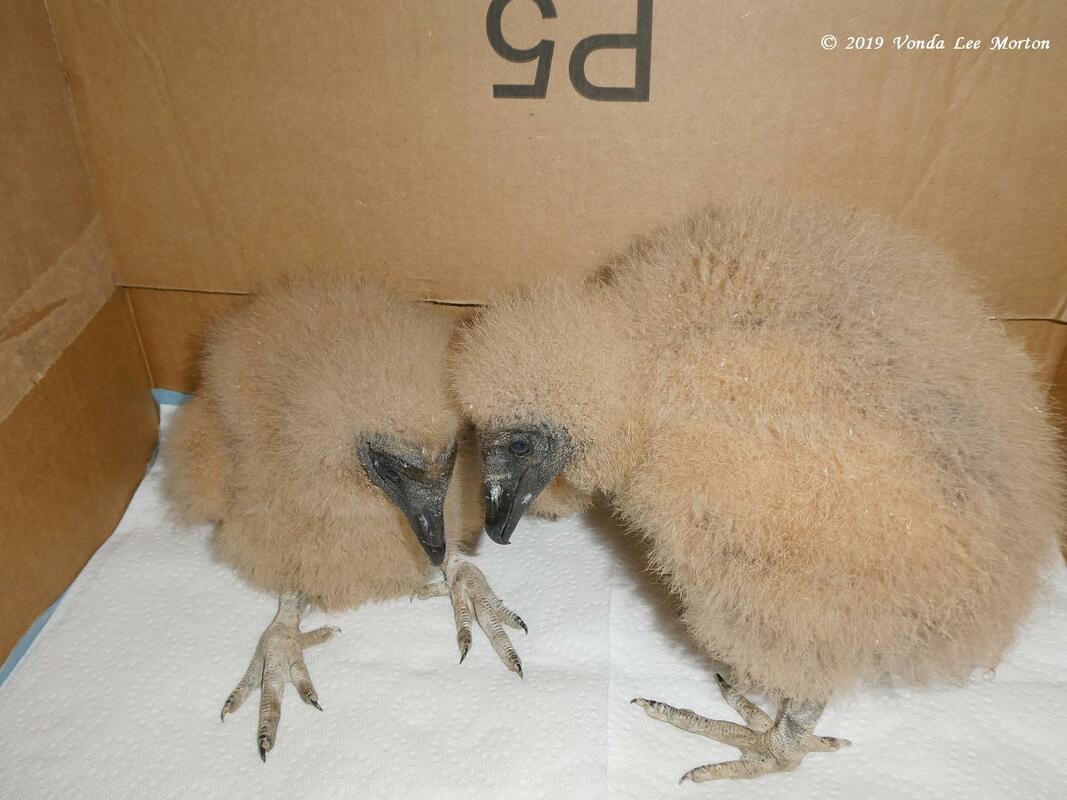
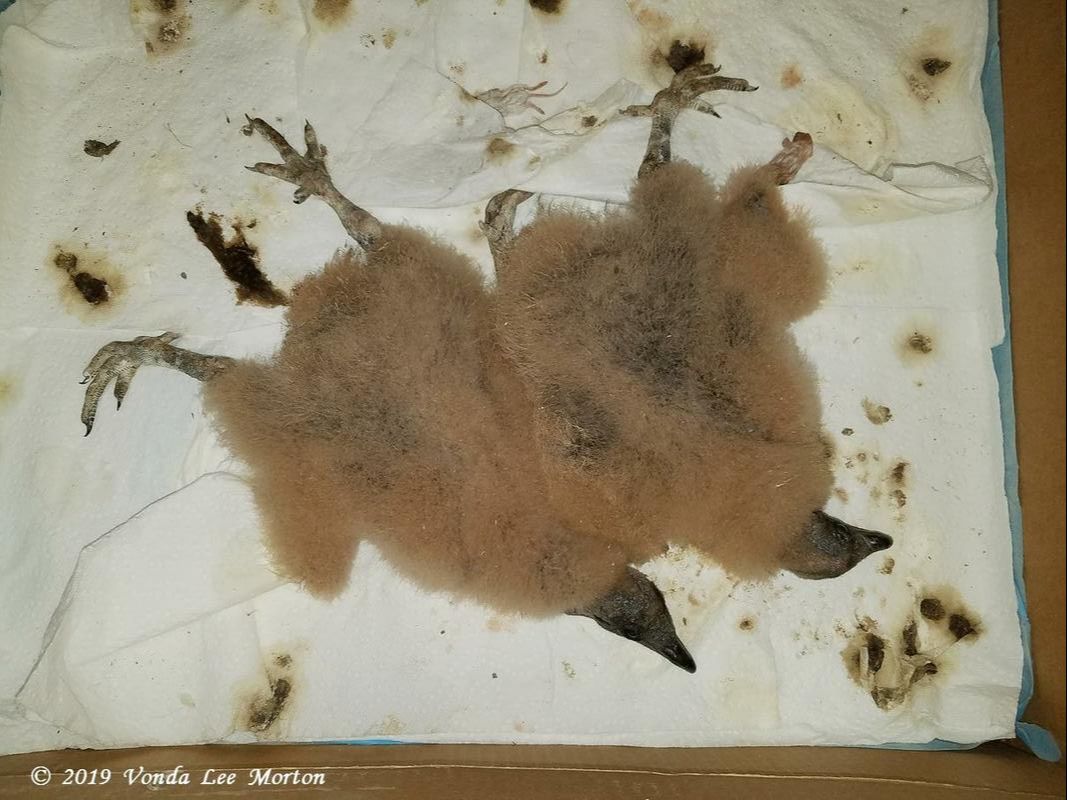
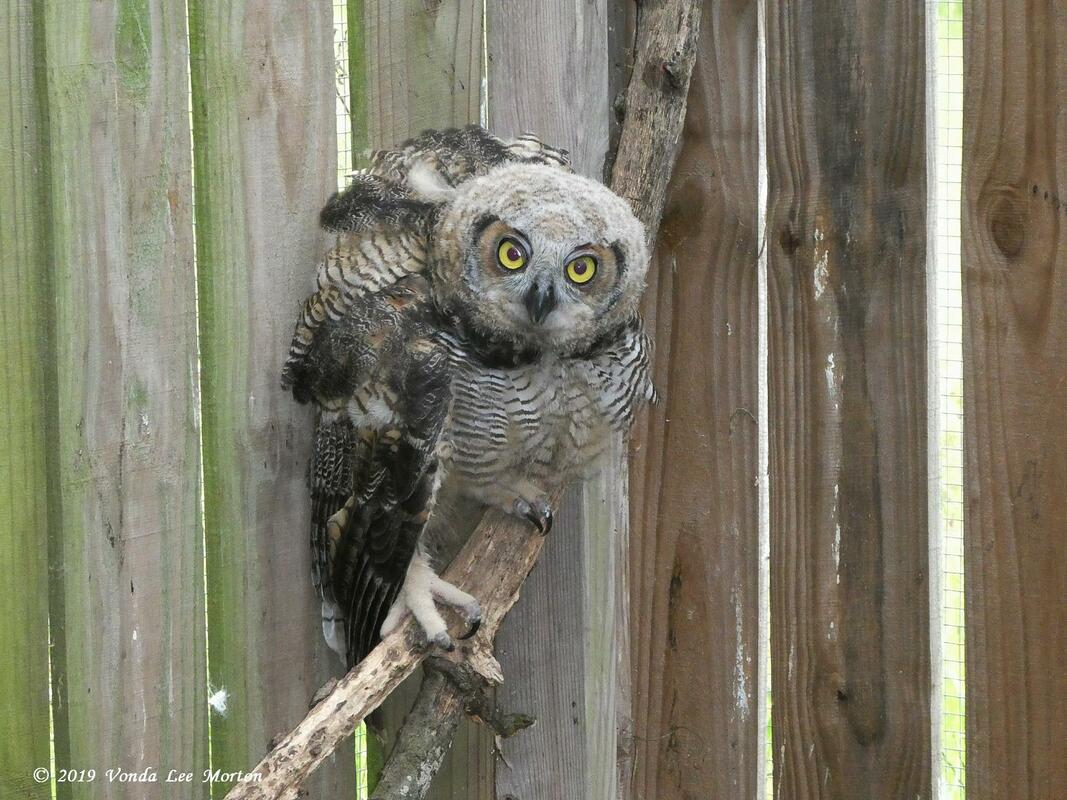
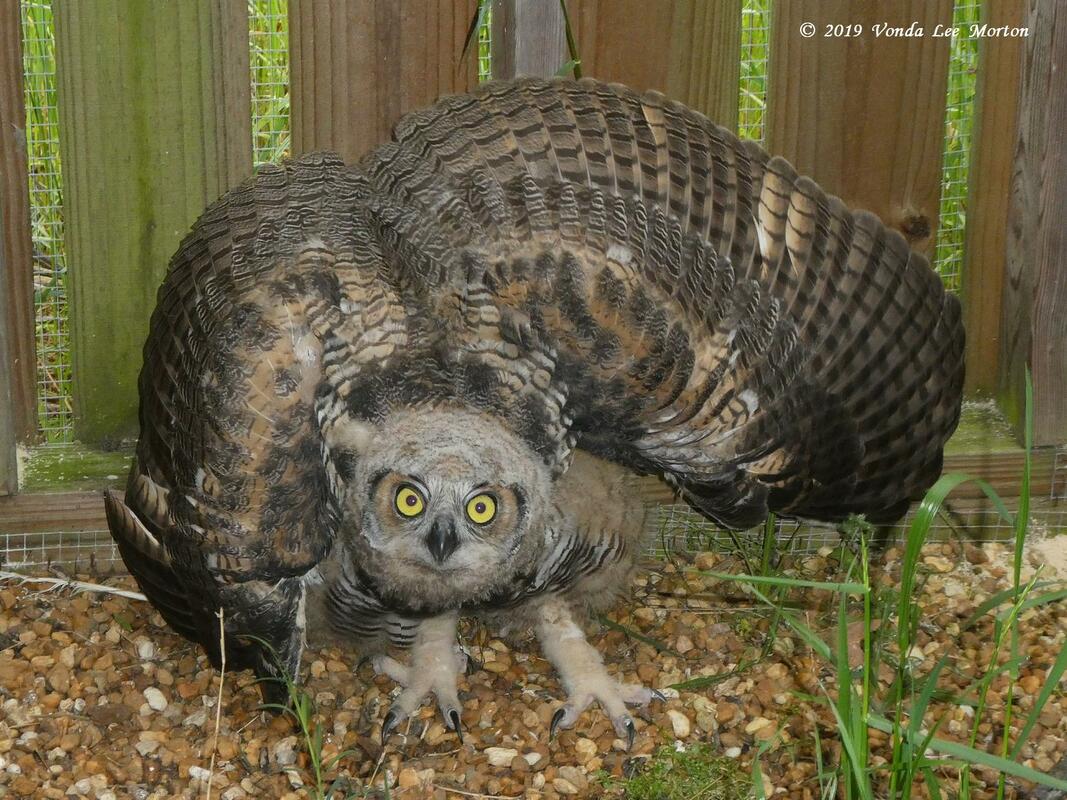
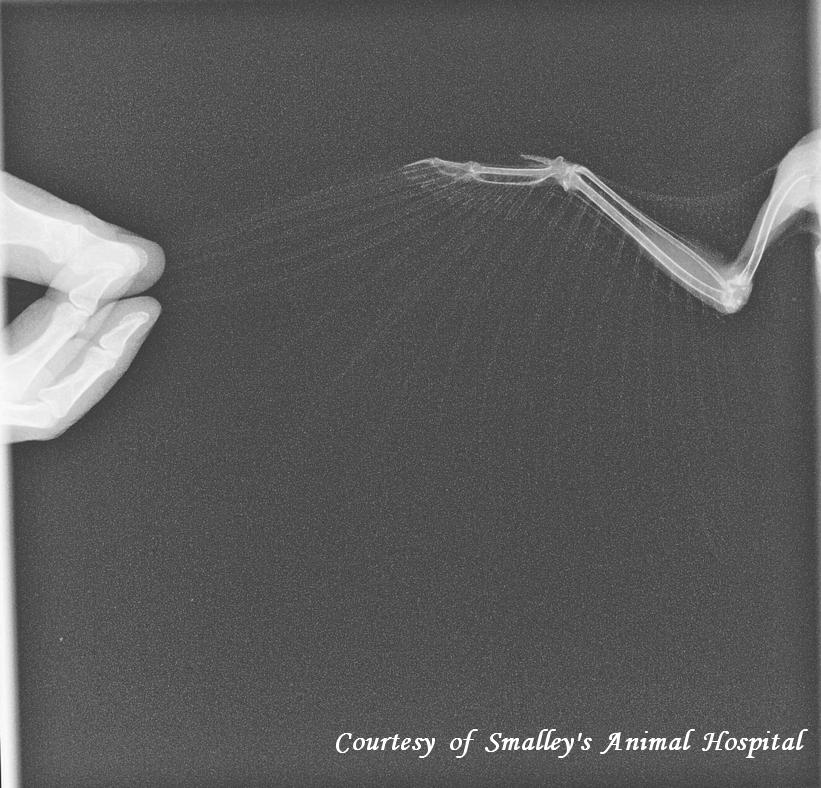
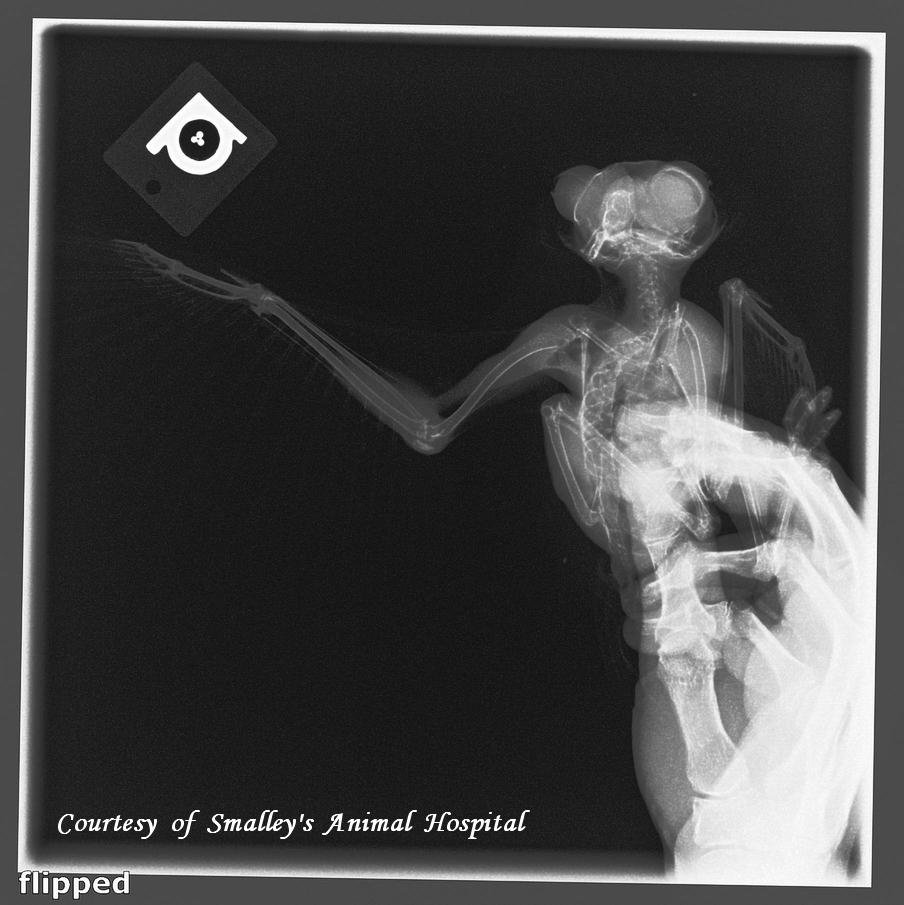
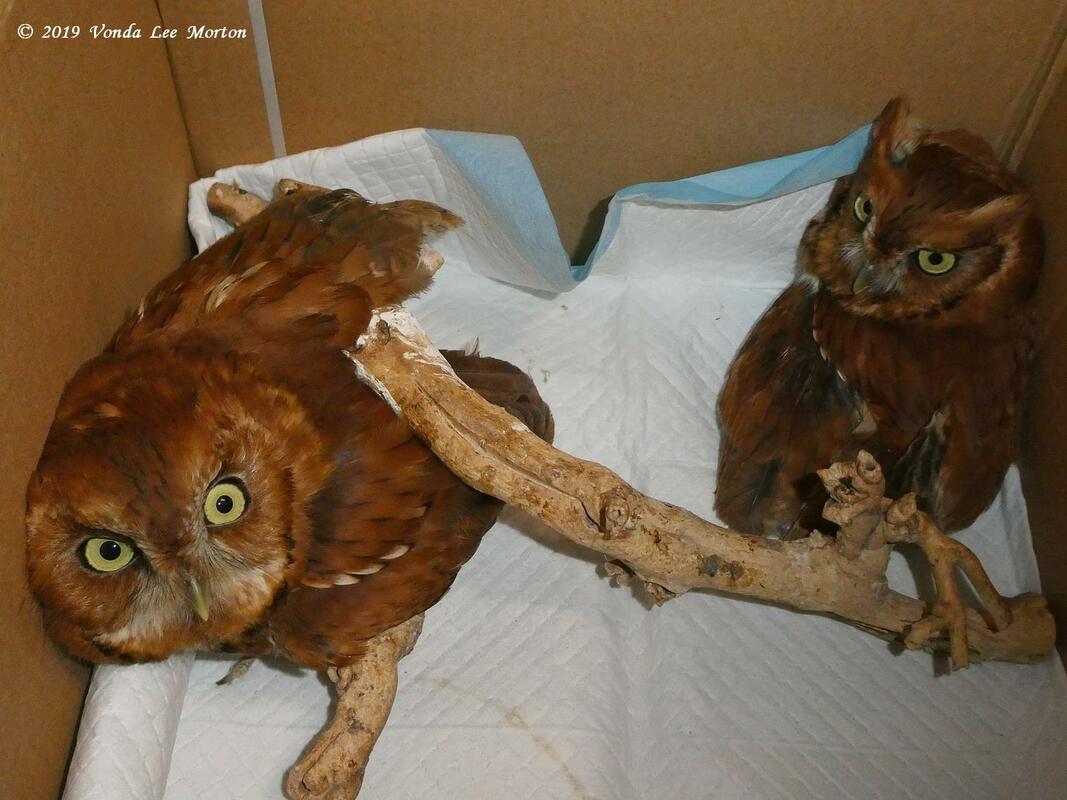
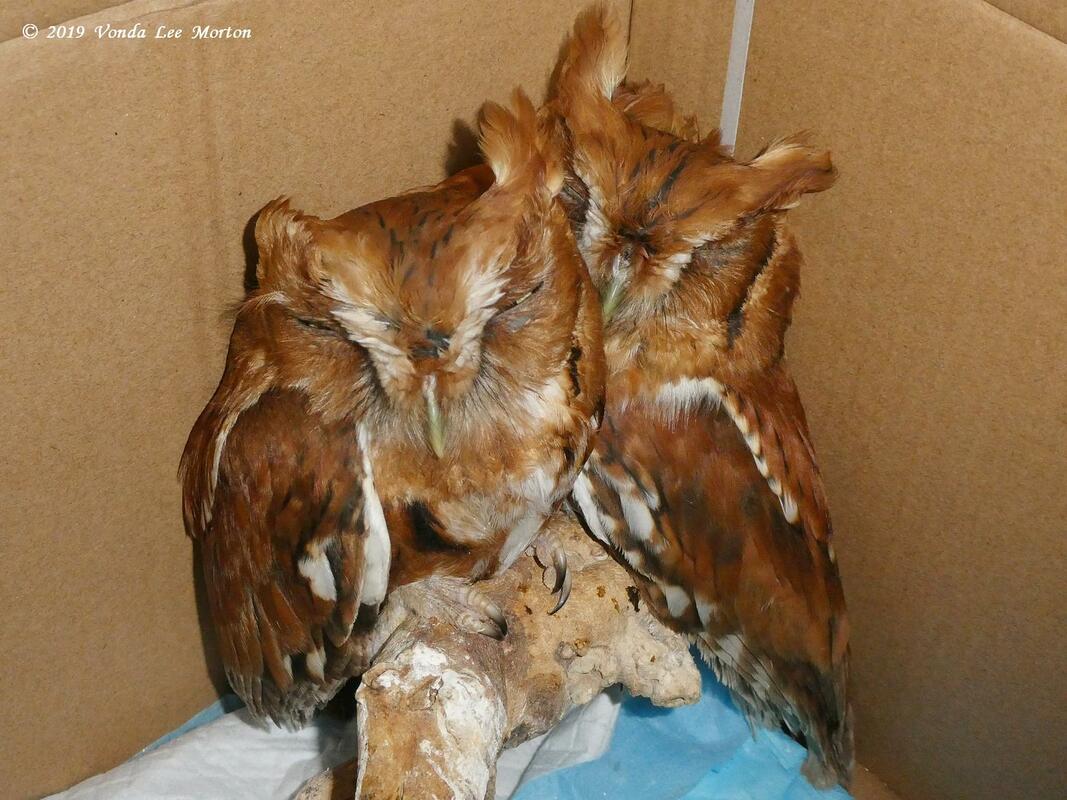
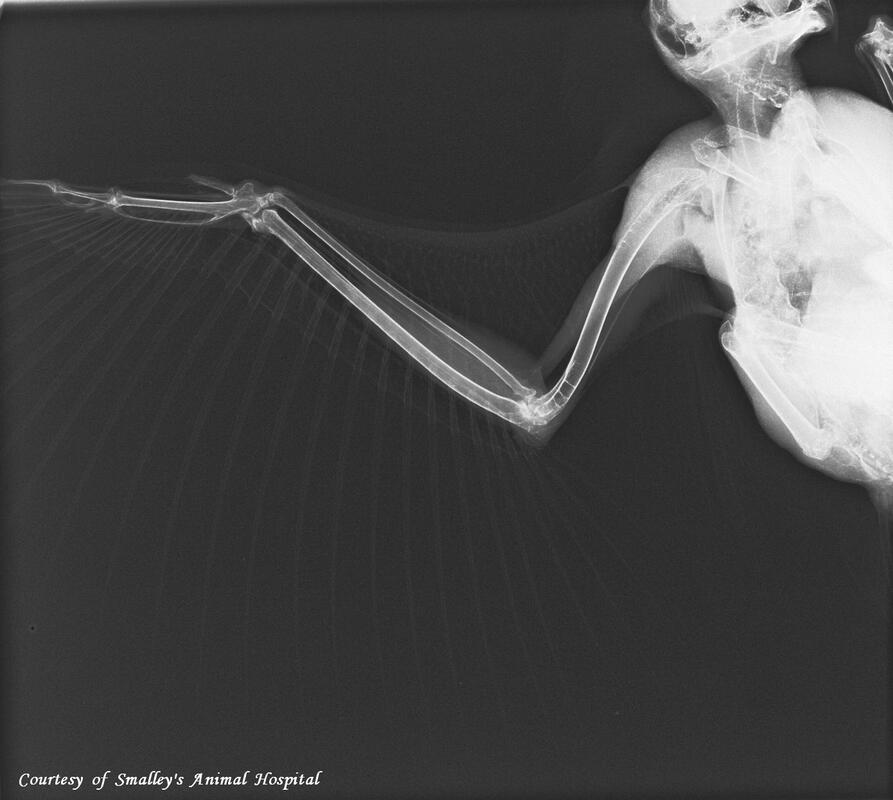


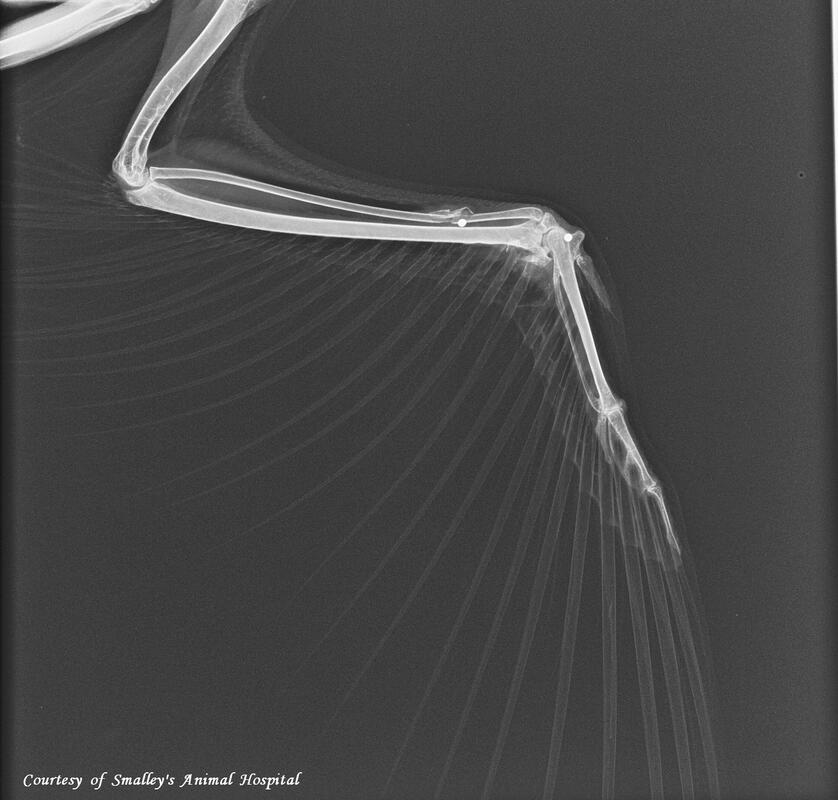
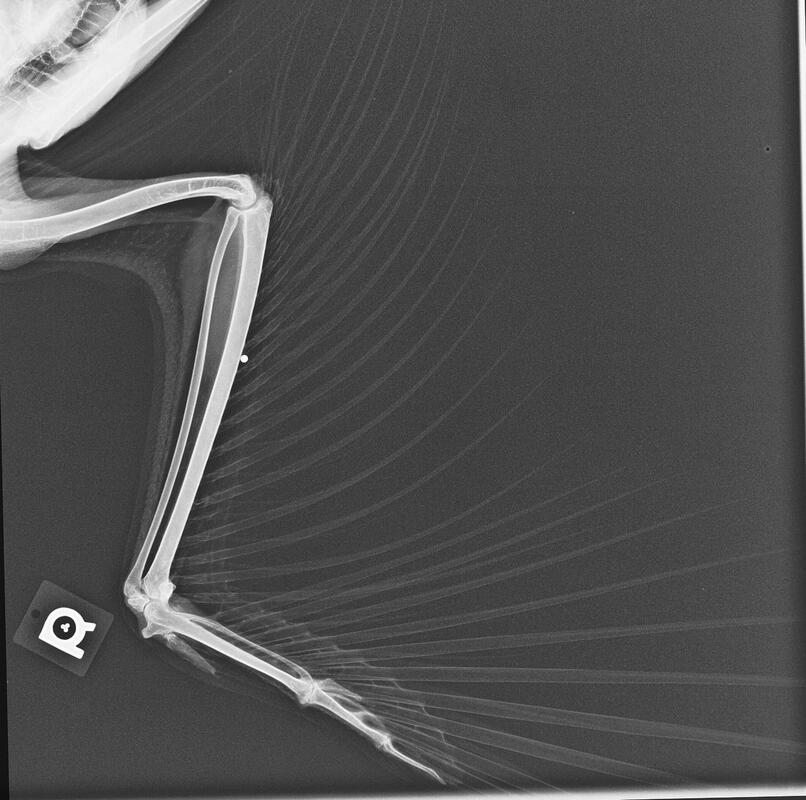
 RSS Feed
RSS Feed
